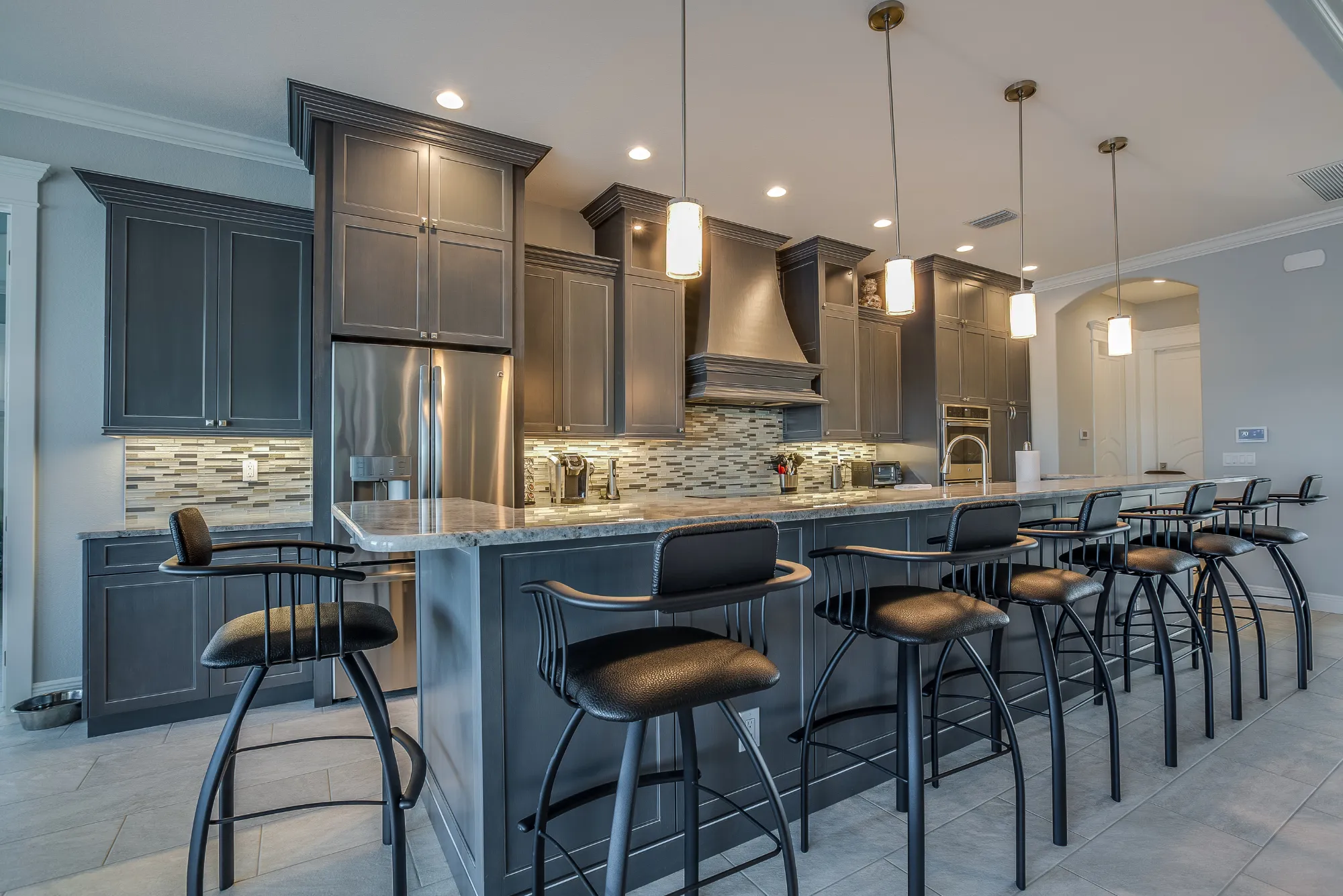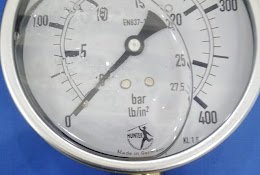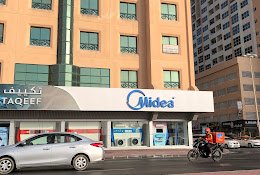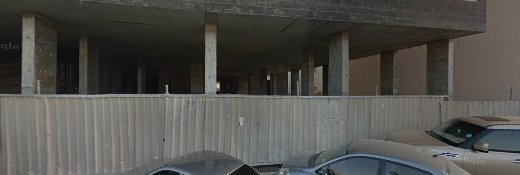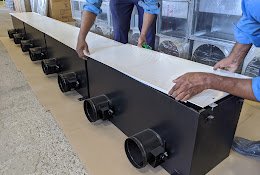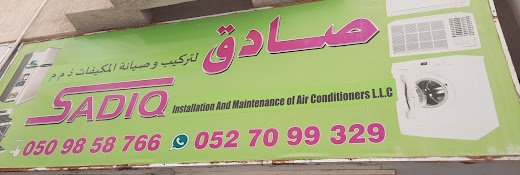Lighting plays a crucial role in commercial spaces, influencing the ambiance, functionality, and overall experience for employees and customers. One popular choice for commercial lighting is linear pendant lighting, known for its sleek design and versatility. In this guide, we’ll explore the benefits, types, installation, and applications of commercial linear pendant lighting.
What is Commercial Linear Pendant Lighting?
Commercial linear pendant lighting is a type of lighting fixture that features a long, narrow design, typically suspended from the ceiling by cables, rods, or chains. These fixtures house multiple light sources, providing even illumination over a large area. Compared to traditional lighting fixtures, linear pendants offer a more modern and streamlined look.
Benefits of Using Linear Pendant Lighting in Commercial Spaces
Some benefits of using linear pendant lighting in commercial spaces are given below:
Energy Efficiency:
One of the primary benefits of linear pendant lighting is its energy efficiency. These fixtures often use LED (Light Emitting Diode) technology, which consumes significantly less energy compared to traditional incandescent or fluorescent bulbs. LED lights are also long-lasting, reducing the frequency of bulb replacements and lowering maintenance costs over time.
Design Versatility:
Linear pendant lighting offers a high level of design versatility, allowing designers to create unique lighting arrangements that complement the aesthetic of the space. These fixtures come in various sizes, shapes, and styles, making them suitable for a wide range of commercial applications. Whether the goal is to create a modern, minimalist look or a more traditional ambiance, linear pendant lighting can be customized to meet the design needs of the space.
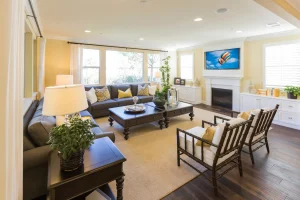
Improved Lighting Quality:
Linear pendant lighting provides even, uniform illumination over a large area, reducing glare and shadows. This type of lighting is particularly beneficial in commercial spaces where task lighting is required, such as offices, retail stores, and workspaces. The focused, downward light distribution of linear pendants can help improve visibility and create a more comfortable and productive environment for employees and customers.
Cost-Effectiveness:
While the initial cost of LED linear pendant lighting fixtures may be higher than traditional lighting options, the long-term cost savings can be significant. LED lights have a longer lifespan and require less maintenance compared to traditional bulbs, reducing replacement and maintenance costs over time. Additionally, the energy efficiency of LED lights can lead to lower electricity bills, further contributing to cost savings for commercial establishments.
Environmentally Friendly:
LED linear pendant lighting is also environmentally friendly. LED lights consume less energy, reducing the carbon footprint of commercial spaces. Additionally, LED lights do not contain harmful substances such as mercury, making them safer to dispose of and less harmful to the environment.
Types of Linear Pendant Lighting
Linear pendant lighting comes in a variety of styles and designs to suit different commercial spaces. Some common types include:
Direct Linear Pendant Lighting:
Direct linear pendant lighting fixtures emit light downward, providing focused illumination. These fixtures are commonly used for task lighting in commercial spaces where a concentrated light source is needed, such as over workstations or tables. Direct linear pendants are often equipped with diffusers to reduce glare and create a more comfortable lighting environment.
Indirect Linear Pendant Lighting:
Indirect linear pendant lighting fixtures emit light upward, directing light toward the ceiling. This type of lighting creates a soft, ambient glow that helps to illuminate the space evenly. Indirect lighting can also help to reduce glare and create a more visually appealing environment. Indirect linear pendants are often used in areas where a more diffused, indirect light source is desired, such as in lobbies or reception areas.
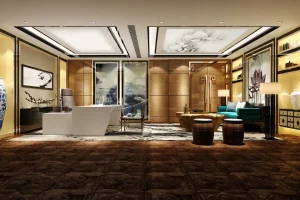
Direct/Indirect Linear Pendant Lighting:
Direct/indirect linear pendant lighting fixtures combine both downward and upward lighting, providing a balanced lighting effect. These fixtures are versatile and can be used to create a combination of task and ambient lighting. Direct/indirect linear pendants are often used in spaces where both focused task lighting and ambient lighting are required, such as in conference rooms or open office spaces.
Decorative Linear Pendant Lighting:
Decorative linear pendant lighting fixtures focus on aesthetics, adding a decorative element to the space. These fixtures come in a variety of styles, shapes, and materials, making them suitable for a wide range of design preferences. Decorative linear pendants can serve as focal points in a room, enhancing the overall aesthetic and ambiance of the space. They are often used in areas where design is a priority, such as in restaurants, hotels, or retail stores.
Adjustable Linear Pendant Lighting:
Adjustable linear pendant lighting fixtures allow for flexibility in lighting design. These fixtures can be adjusted in height, angle, or direction to suit the specific lighting needs of the space. Adjustable linear pendants are ideal for spaces where lighting requirements may change, or where flexibility in lighting design is desired, such as in art galleries or exhibition spaces.
When selecting linear pendant lighting for a commercial space, it’s essential to consider factors such as the space’s size, ceiling height, and intended use.
Installation and Maintenance
Installation:
- Planning and Design: Before installing linear pendant lighting, it’s important to carefully plan and design the lighting layout. Consider factors such as the size and layout of the space, the height of the ceiling, and the desired lighting effects. Consult with a lighting designer or professional to ensure that the lighting design meets the specific needs of the space.
- Mounting and Suspension: Linear pendant lighting fixtures are typically suspended from the ceiling using cables, rods, or chains. The mounting and suspension method will depend on the type of ceiling and the weight of the fixture. It’s important to follow the manufacturer’s instructions and local building codes when installing the fixtures to ensure safety and proper functionality.
- Electrical Wiring: Proper electrical wiring is essential for the installation of linear pendant lighting. Ensure that the wiring is done by a qualified electrician and complies with local electrical codes. The wiring should be concealed and protected to prevent damage and ensure safety.
- Testing and Adjustment: Once the fixtures are installed, they should be tested to ensure that they are working properly. Adjust the height and angle of the fixtures if necessary to achieve the desired lighting effect.
Maintenance:
- Regular Cleaning: Regular cleaning is essential to maintain the performance and appearance of linear pendant lighting fixtures. Dust and dirt can accumulate on the fixtures, reducing light output and diminishing the aesthetic appeal. Use a soft, dry cloth or a gentle cleaning solution to clean the fixtures regularly.
- Check for Loose Connections: Periodically check the fixtures for loose connections or signs of wear and tear. Loose connections can cause the fixtures to malfunction or become a safety hazard. Tighten any loose connections and replace any damaged components as needed.
- Replace Bulbs: If the linear pendant lighting fixtures use replaceable bulbs, make sure to replace them according to the manufacturer’s recommendations. LED bulbs have a long lifespan but will eventually need to be replaced.
- Professional Maintenance: For more complex maintenance tasks, such as electrical repairs or fixture adjustments, it’s best to hire a professional. A qualified electrician or lighting technician can ensure that the fixtures are properly maintained and functioning safely.
Applications of Commercial Linear Pendant Lighting
Linear pendant lighting is suitable for various commercial spaces, including offices, retail stores, restaurants, and conference rooms. In offices, linear pendants can be used to create a bright, productive workspace, while in retail stores, they can highlight merchandise and create an inviting atmosphere. In restaurants, linear pendants can enhance the dining experience by providing warm, ambient lighting.
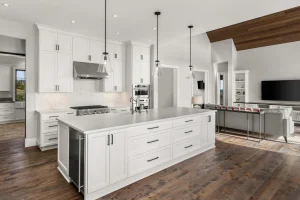
Trends and Innovations
An explanation of the trends and innovations in linear pendant lighting for commercial spaces:
- Minimalist Designs: One of the current trends in linear pendant lighting is the use of minimalist designs. Designers are opting for clean, simple lines and sleek finishes that complement modern commercial interiors. Minimalist linear pendant fixtures blend seamlessly into the space, providing functional lighting without overwhelming the design.
- Integrated Smart Lighting Controls: Another trend is the integration of smart lighting controls into linear pendant lighting fixtures. Smart lighting systems allow users to adjust the intensity, color temperature, and even the direction of the light using a smartphone or other smart devices. These systems can help save energy, create dynamic lighting effects, and enhance the overall user experience.
- Sustainable Materials: As sustainability becomes a more significant concern in commercial design, manufacturers are using sustainable materials in the production of linear pendant lighting fixtures. This includes materials such as recycled metals, glass, and plastics, as well as energy-efficient LED bulbs. Sustainable linear pendant fixtures not only reduce environmental impact but also appeal to eco-conscious consumers.
- Adjustable Heights: Adjustable-height linear pendant lighting fixtures are gaining popularity for their flexibility in lighting design. These fixtures allow users to adjust the height of the pendant to suit different lighting needs or design preferences. Adjustable height fixtures are ideal for spaces where flexibility in lighting design is desired, such as in restaurants or conference rooms.
- Color Temperature Control: Some linear pendant lighting fixtures offer color temperature control, allowing users to adjust the warmth or coolness of the light. This feature can help create different lighting moods and enhance the ambiance of the space. Color temperature control is particularly useful in commercial spaces where different lighting effects are desired for different times of day or activities.
Commercial linear pendant lighting offers a blend of functionality, aesthetics, and energy efficiency, making it a popular choice for modern commercial spaces. By understanding the benefits, types, and applications of linear pendant lighting, designers and business owners can create well-lit, inviting environments that enhance the overall experience for employees and customers alike.

